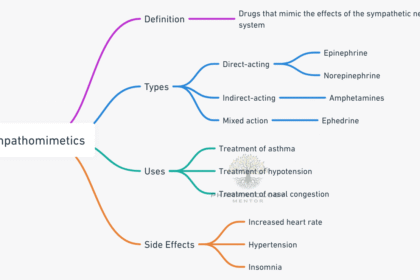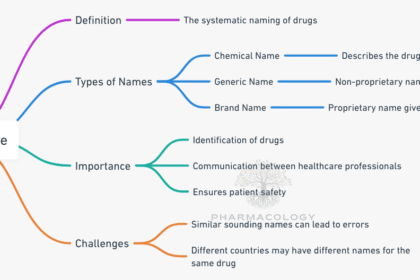Pharmacotherapy of Glaucoma
Introduction Glaucoma is a group of progressive ocular disorders characterized by damage…
Pharmacology of Sympathomimetics: Mechanisms, Clinical Applications, and Safety
Introduction to Sympathomimetics Sympathomimetic medications—also known as adrenergic agonists—are a diverse group…
History of Pharmacology
Pharmacology is the science that examines how drugs interact with living systems,…
Pharmacology of Tetracyclines
INTRODUCTION Tetracyclines are a class of broad-spectrum antibiotics initially discovered in the…
Pharmacology of Oral Contraceptive Pills (OCPs)
INTRODUCTION Oral contraceptive pills (OCPs) rank among the most widely used forms…
Pharmacology of antiretroviral drugs
INTRODUCTION The advent of effective antiretroviral therapy (ART) represents one of the…
HMPV: What is HUMAN METAPNEUMOVIRUS?
HMPV: INTRODUCTION Human metapneumovirus (HMPV) is a viral pathogen first identified in…
Drug Nomenclature or Naming System: A detailed overview
INTRODUCTION Drug nomenclature is a critical and highly specialized area within pharmaceutical…
Pharmacology of Aspirin: A Comprehensive Overview
Introduction Aspirin—chemically known as acetylsalicylic acid—is among the most widely used medications across…
Pharmacology of NSAIDs: Comprehensive Overview, Mechanism of Action, and Clinical Considerations
Non-Steroidal Anti-Inflammatory Drugs (NSAIDs) are among the most widely used medications worldwide,…












